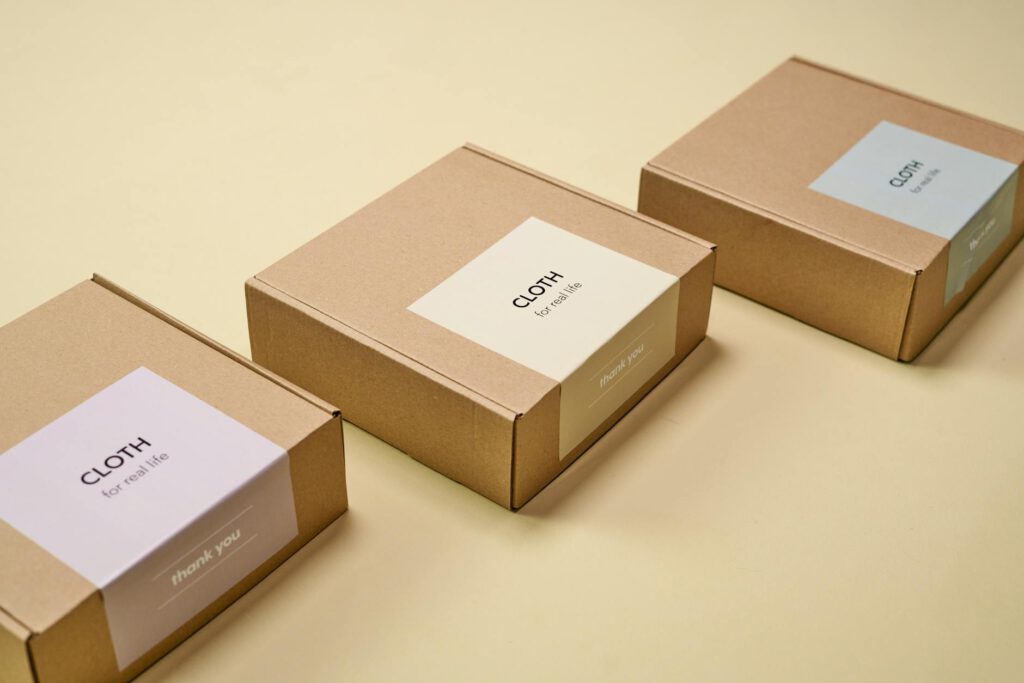Introduction
Consumers today are more environmentally conscious than ever, and brands that prioritize sustainability have a competitive edge. However, with growing scrutiny, businesses must ensure their marketing efforts are transparent and authentic—not just greenwashing. Greenwashing, the practice of making misleading claims about a product’s environmental benefits, can damage credibility and erode consumer trust.
This guide explores how to market your sustainable brand effectively while avoiding greenwashing pitfalls. We’ll cover key strategies, real-world examples, and actionable steps to help you build trust and authenticity in your sustainability messaging.
The Importance of Authentic Sustainability Marketing
Sustainability isn’t just a trend—it’s a necessity. Brands that genuinely commit to eco-friendly practices can foster long-term customer loyalty and differentiate themselves in crowded markets. However, consumers are becoming increasingly skeptical of vague claims like “eco-friendly” or “green” without substantiation.
Authentic sustainability marketing requires:
– Transparency – Clearly communicating your efforts and progress.
– Accountability – Backing claims with verifiable data.
– Consistency – Aligning actions with messaging across all touchpoints.
Let’s dive into how you can achieve this.
Understanding Greenwashing and Its Risks
What Is Greenwashing?
Greenwashing occurs when a brand exaggerates or fabricates its environmental efforts to appear more sustainable than it actually is. Common tactics include:
– Using vague terms like “natural” or “eco-conscious” without proof.
– Highlighting a minor sustainable feature while ignoring larger harmful practices.
– Misleading certifications or labels that lack third-party verification.
Consequences of Greenwashing
Brands caught greenwashing face:
– Loss of consumer trust – Once credibility is damaged, rebuilding it is difficult.
– Legal repercussions – Regulatory bodies like the FTC (Federal Trade Commission) penalize false claims.
– Reputation damage – Negative publicity can spread quickly on social media.
Example: A Cautionary Tale
In 2021, a major fashion brand faced backlash for labeling a clothing line as “sustainable” while continuing to rely on fast-fashion production methods. Investigations revealed that less than 5% of their materials were recycled. The brand’s stock price dropped, and consumer trust plummeted.
Strategies for Authentic Sustainability Marketing
1. Be Transparent About Your Efforts
Consumers appreciate honesty. Instead of making sweeping claims, share:
– Your sustainability journey – Where you started, current initiatives, and future goals.
– Challenges you face – Acknowledging areas for improvement builds credibility.
Example: Patagonia’s “Footprint Chronicles” details its supply chain, including both successes and shortcomings.
2. Use Third-Party Certifications
Certifications from reputable organizations (e.g., Fair Trade, B Corp, USDA Organic) validate your claims. Ensure:
– The certification is relevant to your industry.
– You clearly display certification logos with explanations.
3. Focus on Specific, Measurable Claims
Avoid vague language. Instead of saying, “We’re eco-friendly,” say:
– “Our packaging is 100% biodegradable, verified by [certification body].”
– “We’ve reduced carbon emissions by 30% since 2020.”
4. Educate Consumers
Help your audience understand why sustainability matters. Create content that explains:
– How your products are made.
– The environmental impact of traditional alternatives.
– How consumers can contribute (e.g., recycling programs).
5. Engage in Storytelling
People connect with stories, not statistics. Highlight:
– The people behind your sustainability efforts (e.g., farmers, artisans).
– Real-world impact (e.g., “X tons of plastic diverted from landfills”).
Example: Lush Cosmetics shares behind-the-scenes videos of their ethical sourcing process.
Tools and Resources for Sustainable Marketing
1. Sustainability Reporting Tools
- EcoVadis – Assesses corporate social responsibility (CSR) performance.
- Carbon Trust – Measures and certifies carbon footprints.
2. Content Creation Tools
- Canva – Design infographics to visualize sustainability data.
- Google Data Studio – Create interactive sustainability reports.
3. Certifications to Consider
- B Corp – For overall social and environmental performance.
- Cradle to Cradle – Focuses on circular economy principles.
Frequently Asked Questions (FAQs)
1. How can I prove my brand is truly sustainable?
Use third-party certifications, publish annual sustainability reports, and provide transparent supply chain details.
2. What’s the difference between green marketing and greenwashing?
Green marketing promotes genuine sustainability efforts, while greenwashing involves deceptive or exaggerated claims.
3. Can small businesses compete with larger brands in sustainability marketing?
Yes! Authenticity matters more than budget. Focus on local impact, community engagement, and transparent storytelling.
4. How often should I update my sustainability messaging?
Regularly—especially when achieving milestones. Share progress reports quarterly or annually.
Conclusion
Marketing a sustainable brand without greenwashing requires honesty, transparency, and a commitment to continuous improvement. By avoiding vague claims, leveraging certifications, and engaging consumers with authentic storytelling, you can build trust and loyalty.
Sustainability isn’t about perfection—it’s about progress. Consumers respect brands that acknowledge their journey and take tangible steps toward positive change. Start small, stay consistent, and let your genuine efforts shine through in every marketing message.
By following these strategies, your brand can stand out as a leader in authentic sustainability—without falling into the greenwashing trap.

